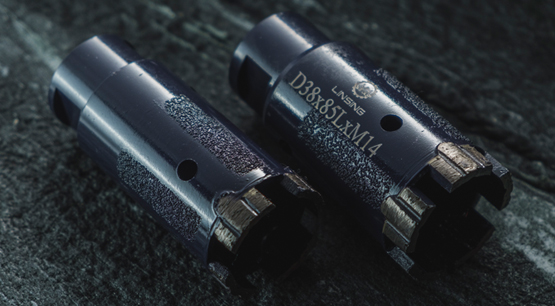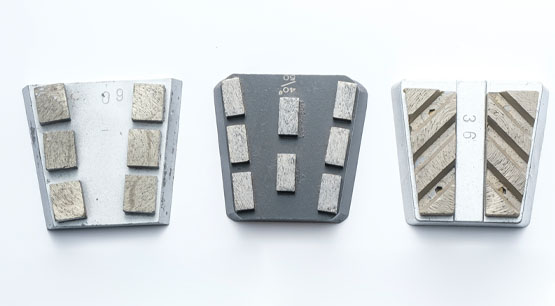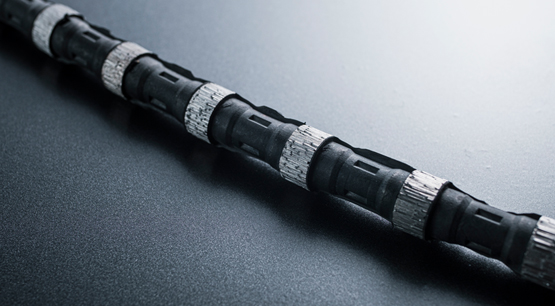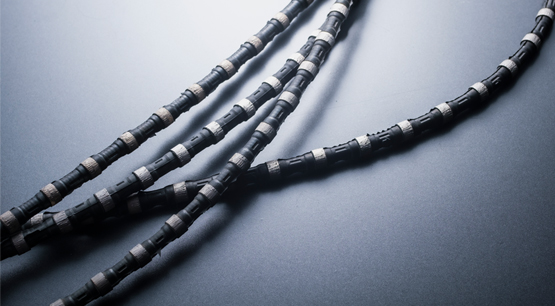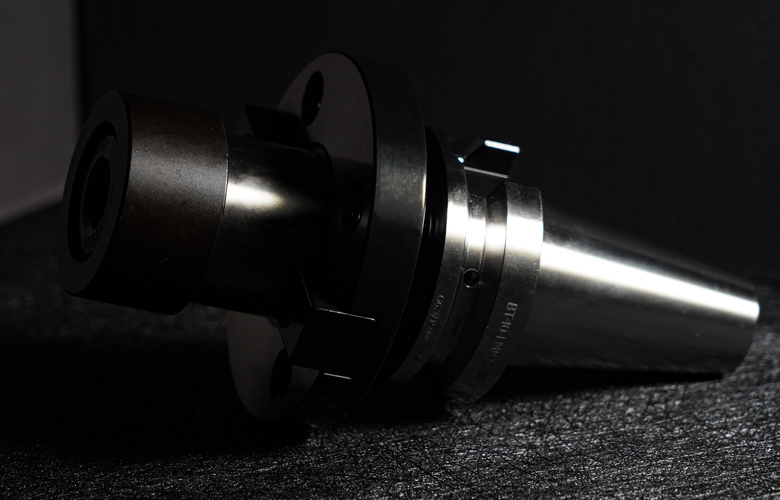I. Equipment Preparation and Inspection
1. Checking Equipment Condition
- Mechanical Integrity: Before use, ensure all parts of the wire saw machine are in good condition, particularly the motor, guide rails, and fasteners.
- Lubrication and Maintenance: Check the lubrication of the equipment to ensure smooth operation of all moving parts. Regular maintenance should be performed to prevent equipment failure from affecting the work process.
2. Installing the Wire Saw
- Quality Check of the Wire Saw: Inspect the wire saw for any breaks, wear, or other defects to ensure its integrity and safety.
- Proper Installation: Correctly install the wire saw on the machine, ensuring appropriate tension. It should not be too tight or too loose. Pay attention to the direction of the wire saw to ensure it aligns with the machine's rotation direction.
II. Operating Environment and Safety Precautions
1. Operating Environment
- Work Site: Ensure the work site is flat, clean, and free of debris and obstacles to prevent accidental slips or trips during the operation.
- Ventilation and Drainage: Good ventilation and drainage are essential, especially when cutting stone and concrete, to avoid dust and debris affecting the operator's health and equipment performance.
2. Safety Precautions
- Personal Protection: Operators must wear appropriate protective gear, including safety glasses, dust masks, gloves, and safety shoes. During cutting, significant dust and debris are generated, requiring effective protection measures.
- Equipment Safety: Ensure that the protective covers and safety devices of the equipment are intact and functional to prevent injury from wire saw breakage or flying debris during high-speed rotation.
III. Cutting Operation Techniques
1. Starting and Stopping
- Smooth Start: Gradually increase the speed when starting the machine to avoid sudden high load that could damage the equipment and the wire saw. Ensure the wire saw is not in contact with the material at startup to prevent excessive load.
- Safe Stopping: Gradually reduce the speed before stopping the machine to ensure the wire saw stops smoothly. After cutting, wait for the wire saw to completely stop rotating before removing or replacing it.
2. Cutting Angle and Speed
- Appropriate Angle: Choose the correct cutting angle based on the material's characteristics to avoid unnecessary wear on the wire saw and equipment. Typically, the cutting angle should be kept as perpendicular to the material as possible.
- Proper Speed: Adjust the cutting speed according to the hardness and thickness of the material to avoid excessive or insufficient speed that could affect cutting efficiency and wire saw lifespan. Harder materials generally require slower cutting speeds.
3. Cooling and Lubrication
- Adequate Cooling: Maintain sufficient cooling during the cutting process to prevent high temperatures from damaging the wire saw and the material. Water cooling or oil cooling methods can be used.
- Regular Lubrication: Regularly lubricate the moving parts of the equipment to ensure normal operation and prevent wear and failure due to poor lubrication.
IV. Common Issues and Solutions
1. Wire Saw Breakage
- Causes: Excessive tension, high cutting speed, or improper operation can lead to wire saw breakage.
- Solutions: Check and adjust the tension of the wire saw to ensure it is within the appropriate range. Reduce the cutting speed to avoid excessive cutting load. Operate steadily without rushing.
2. Low Cutting Efficiency
- Causes: Severe wear of the wire saw, improper cutting speed, or insufficient cooling can affect cutting efficiency.
- Solutions: Regularly inspect the wear condition of the wire saw and replace it if necessary. Adjust the cutting speed to match the material's characteristics. Enhance cooling to prevent high temperatures from affecting cutting efficiency.
3. Rough Cutting Surface
- Causes: Poor quality wire saw, excessive cutting speed, or insufficient cooling can lead to rough cutting surfaces.
- Solutions: Use high-quality wire saws to ensure good cutting performance. Adjust the cutting speed to match the material's characteristics. Enhance cooling to prevent high temperatures from affecting the cutting result.
V. Maintenance and Care
1. Regular Inspections
- Equipment Inspection: Regularly inspect all parts of the equipment to ensure they are in good condition. Pay special attention to the motor, guide rails, and fasteners.
- Wire Saw Inspection: Regularly check the wear condition of the wire saw and replace it if it shows significant wear to ensure cutting efficiency and safety.
2. Equipment Maintenance
- Lubrication Maintenance: Regularly lubricate the moving parts of the equipment to ensure normal operation and prevent wear and failure due to poor lubrication.
- Cleaning Maintenance: Regularly clean the equipment to keep it clean and tidy, preventing dust and debris buildup from affecting performance.
3. Storage Maintenance
- Storage Environment: Store the wire saw and equipment in a dry, ventilated environment to prevent damage from moisture and high temperatures.
- Rust Prevention: Apply anti-rust treatments to the metal parts of the equipment to prevent performance degradation and shortened lifespan due to rust.
VI. Operation Training and Management
1. Operation Training
- Skills Training: Provide professional skills training to operators to ensure they master the correct operating methods and safety precautions. Comprehensive training and assessment are essential, especially for new employees.
- Emergency Training: Train operators on emergency handling methods, such as wire saw breakage and equipment failure, to ensure they can respond quickly to unexpected situations.
2. Safety Management
- Safety Regulations: Establish and improve safety management systems to standardize operators' behavior and ensure operational safety.
- Safety Inspections: Regularly conduct safety inspections to identify and eliminate potential hazards, ensuring the safety of the operating environment and equipment.
Conclusion
Diamond wire saws are characterized by high efficiency and precision in cutting operations, but their use requires attention to multiple aspects. Equipment preparation and inspection, operating environment and safety precautions, cutting operation techniques, common issues and solutions, maintenance and care, operation training, and management are all critical to ensuring optimal performance and extending the lifespan of diamond wire saws. By strictly adhering to the above precautions, operators can effectively improve work efficiency, ensure cutting quality, and guarantee their own safety.




